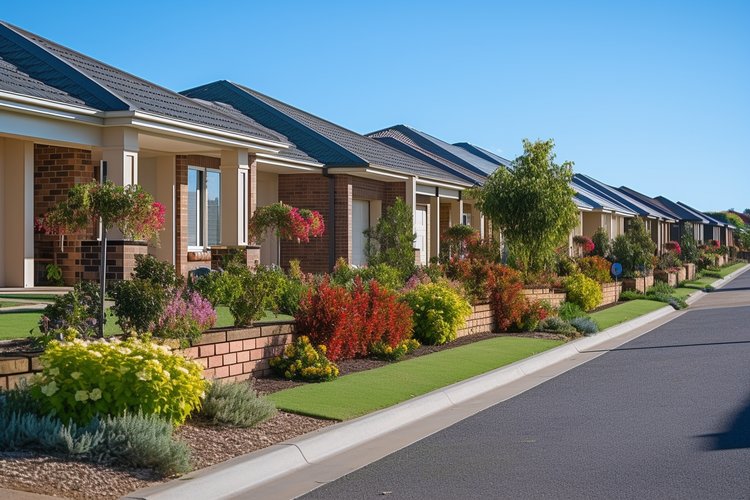Decoding the Potential of Aging Housing Stock in the Real Estate Market
As a real estate enthusiast, you may have stumbled upon the term 'aging housing stock' and wondered about its implications. Aging housing stock comprises older properties that have potential for refurbishment or redevelopment. Understanding and harnessing this potential could lead to lucrative real estate opportunities.

A Historical Overview of Aging Housing Stocks
Aging housing stock refers to dwellings that are typically over 50 years old. These properties are often found in mature neighborhoods, where architectural styles reflect the era of their construction. In the mid-20th century, suburban development boomed, leading to a significant increase in housing stock that now falls into this category.
Current Market Trends: Aging Housing Stock
With the increasing shortage of housing, particularly in urban areas, the focus is shifting towards the optimization of existing properties. Aging housing stock, with its potential for renovation or redevelopment, is receiving heightened attention. There is a growing trend of investors acquiring these properties, refurbishing them to modern standards, and selling them at a premium or converting them into rental properties.
The Potential of Aging Housing Stock
Aging housing stock offers several advantages. Firstly, these properties are usually located in established neighborhoods with robust infrastructure and amenities. Secondly, they often come with larger plot sizes, offering scope for expansion. Lastly, the unique architectural styles of these houses can be a selling point after renovation.
However, there are challenges as well. The cost of renovation can be high, especially if the property requires significant structural changes. There may be restrictions on redevelopment due to zoning regulations or historic preservation rules.
Financial Insights and Expert Analysis
Investing in aging housing stock can yield significant returns if done wisely. However, it’s essential to conduct a thorough assessment of the property condition, renovation costs, and potential market value post-renovation. It’s also advisable to understand local regulations and market trends.
Making the Most Out of Aging Housing Stock
To capitalize on aging housing stock, investors need to have a clear strategy. This could involve targeting specific neighborhoods, focusing on certain types of properties, or specializing in a particular style of renovation. Furthermore, investors should also consider the increasing demand for energy-efficient homes and incorporate sustainable refurbishment practices where possible.
In conclusion, aging housing stock offers a unique opportunity in the ever-evolving real estate market. With careful planning, sound investment strategies, and an understanding of current market trends, investors can unlock the potential of these properties while contributing to the revitalization of established neighborhoods.





